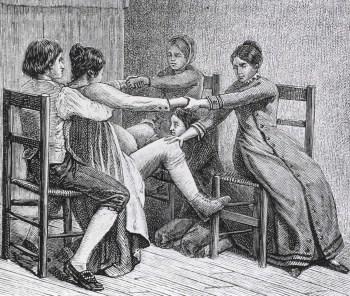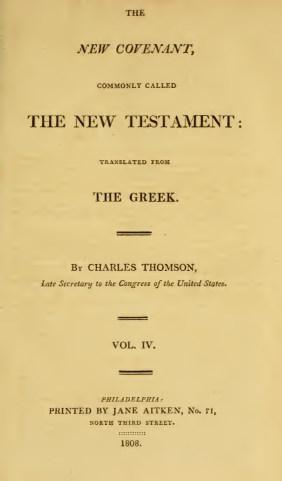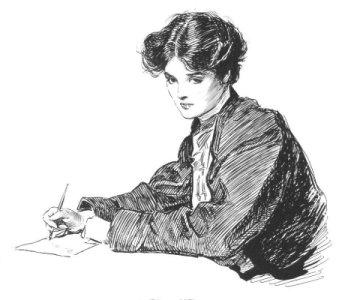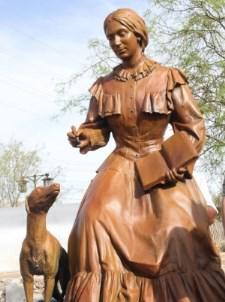Women Who Lost Husbands in the Civil War Approximately 620,000 soldiers died in the American Civil War. The Union lost around 360,000 soldiers – 110,000 killed in combat; the Confederacy lost around 260,000 men – 93,000 killed in combat. Disease killed the rest. While not all of these soldiers were married, the War created an unprecedented number of young white widows, many of whom had been married for a very short time. Tintype of Union Widow Adelia Springer and her daughter For many Confederate widows, the war was an extremely close and personal experience, as battles and armies brought death, destruction and hardship into their states, their communities and sometimes their backyards. Many Confederate widows supported the Confederacy during the…

19th Century Midwives
Midwives in 19th Century America Childbirth in the American Colonies Childbirth in colonial America was a difficult and sometimes dangerous experience for a woman. Since the typical mother gave birth to between five and eight children, her lifetime chances of dying in childbirth ran as high as 1 in 8. Death in childbirth was sufficiently common that many colonial women regarded pregnancy with dread. Image: American pioneer birth scene Gustave Joseph Witkowski, 1887 In addition to her anxieties about pregnancy, an expectant mother was filled with apprehensions about the death of her newborn child. In the healthiest seventeenth century communities, one infant in ten died before the age of five. In less healthy environments, three children in ten died before…
Emily Warren Roebling
The Woman Who Saved the Brooklyn Bridge Emily Warren Roebling (1843-1903) was married to Washington Roebling, who was Chief Engineer of the Brooklyn Bridge. After her husband was incapacitated by caisson disease (the bends), Emily helped him complete the building of the bridge. First American woman engineer, one source calls her a prioneering example of independence. Childhood and Early Years Emily was born into the upper middle class family of Sylvanus and Phebe Warren at Cold Spring, New York on September 23, 1843. She was the second youngest of twelve children. Emily’s interest in pursuing an education was supported by her older brother Gouverneur Warren, future Union general in the Civil War. In 1864, during the Civil War, Emily visited…

Jane Aitken
Businesswoman Who Printed First Bible in America Jane Aitken (1764–1832) is a significant historical figure in the early nineteenth century. She was one of the first women printers in the early United States and the first woman in the US to print an English translation of the Bible. Aitken was also a publisher, bookbinder, bookseller and businesswoman, a time when the independence of women was actively discouraged. She published at least sixty works from 1802 to 1812. Image: The Thomson Bible, printed by Jane Aitken Early Years Jane Aitken was born July 11, 1764 in Paisley, Scotland, the eldest of four children born to Robert and Janet Skeoch Aitken. Her father Robert Aitken was a stationery and book merchant in…
Mary Harris Thompson
Pioneer Doctor and Educator of Women in the Medical Professions Dr. Mary Harris Thompson (1829–1895) was one of the first women to practice medicine in Chicago, and by some accounts the first female surgeon in the US. She was founder, head physician and surgeon of the Chicago Hospital for Women and Children, founder of the Women’s Medical College, the first medical school for women in the Midwest, and Chicago’s first nursing school. Early Years Mary Harris Thompson was born April 15, 1829 in Fort Ann, New York. She began her studies at a nearby school, then transferred to Fort Edward Institute in Fort Edward, New York, and then to West Poultney Academy in Vermont. While at West Poultney, she was…

First Women Newspaper Editors
History of American Women Editors What Exactly is an Editor? An editor’s job is to evaluate and select content for publication, which can include reviewing, rewriting and editing the work of writers; planning the content of books and magazines; and deciding what material will appeal to readers. Throughout American history, talented women have found opportunities – or made their own – in the newspaper business as editors and publishers. Ann Franklin America’s first woman newspaper editor, Ann Franklin (1696-1763) was the wife of the printer James Franklin and sister-in-law to Benjamin Franklin. It appears that Ann learned the newspaper business from her husband soon after her marriage in 1723.
Matrons in Civil War Hospitals
Civil War Women Working in Hospitals In Union hospitals, the term matron referred to the woman who had the responsibility of supervising the wards in general hospitals – large military facilities in Northern cities, far away from the battlefields. Running hospitals during the war taught women that they could be leaders, and that the limitations society placed on them could sometimes be changed. Union Hotel Hospital Washington, DC The Union Hotel and Tavern, built in Washington, DC in 1796, hosted many prominent citizens through the years including Robert Fulton, George Washington and John Quincy Adams. By the time of the Civil War, this once glorious hotel had become a boarding house. On May 6,1861, John Waters, the proprietor of the…

Jane Cunningham Croly
Trailblazer for Women Journalists and Syndicated Columnist Jane Cunningham Croly (1829–1901) was a journalist, editor, and women’s club pioneer, better known by her pseudonym, Jennie June. She was the first woman to syndicate her column in cities across the country. Croly’s writing often indicated that she believed a woman’s true place was in the home, but also supported women’s access to better education and employment opportunities. Jane Cunningham was born December 19, 1829 in Market Harborough, Leicestershire, England, the fourth child of Jane Scott and Joseph Howes Cunningham, a Unitarian preacher. Her father’s unpopular beliefs reportedly led the family to move to the United States in 1841, when Jane was twelve. The family settled in Poughkeepsie, New York, and later…
Harriet Foote Hawley
Civil War Nurse and Occasional Journalist Harriet Ward Foote, the oldest child of George Augustus Foote, was born June 25, 1831 in Guilford, Connecticut, on a New England farm – one of those rocky hillsides of which the natives say a man must own two hundred acres at least, or he will starve to death. Harriet was a first cousin of the famous Beecher family, her father being the brother of Roxana Foote Beecher, Lyman Beecher’s first wife. Joseph Russell Hawley He was born October 31, 1826 in Stewartsville, Richmond County, North Carolina. In 1842 his family moved to Cazenovia, New York, where Joseph attended the Oneida Conference Seminary, and then graduated from Hamilton College in 1847. Hawley taught for…

Susan Shelby Magoffin
Pioneer Woman on the Santa Fe Trail Susan Shelby Magoffin was the young wife of a trader from the United States who traveled on the Santa Fe Trail in the late 1840s. She recorded her experiences in a diary – Down the Santa Fe Trail and Into Mexico: The Diary of Susan Shelby Magoffin, 1846-1847 (1926) – which has been used extensively as a source for that period in history. Image: 7-foot tall statue sculpted by Ethan Houser Keystone Heritage Park El Paso, Texas Early Years Susan Shelby was born into a wealthy family on July 30, 1827 on their plantation near Danville, Kentucky. She was the granddaughter of Isaac Shelby, a hero of the American Revolution and the first…